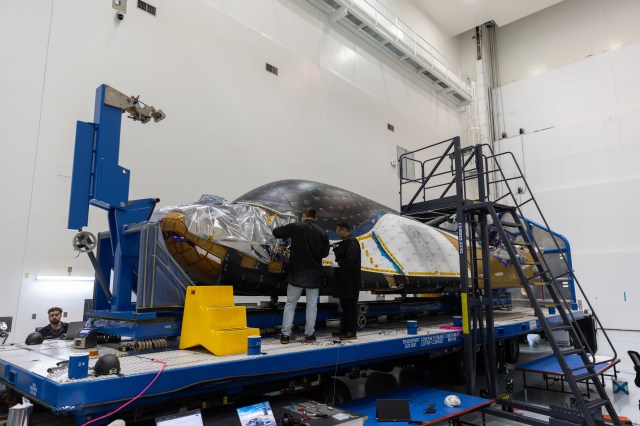Raymundo Arroyave
Texas A&M University
Refractory alloys, including tungsten and its alloys, have high strength at elevated temperatures, good wear resistance, high thermal/electrical conductivity, low coefficient of thermal expansion and excellent creep resistance, which makes them especially suitable for a number of NASA-relevant applications, such as leading edges and thermal management systems. . Unfortunately, these alloys tend to be brittle and are challenging to fabricate into complex shapes. Recently, Additive Manufacturing (AM) has emerged as a potential game-changing approach to fabricate near-net shape components from many advanced materials Unfortunately, existing refractory alloys are not necessarily ‘printable’ and AM protocols used to print other alloy classes are not transferable to the refractory alloy space. In this work, we propose to address this double challenge by putting forward a framework to identify new composition and processing windows that surpass the current performance of existing refractory alloys, while ensuring their printability. We will combine novel computational alloy design frameworks with novel alloy prototyping technologies to identify alloy compositions suitable for high temperature applications that are at the same time suitable feedstock for AM. We will use advanced statistical methods and experiments to map the regions in the process space leading to defect-free deposition. The proposed alloy+process design framework will be validated through experimental characterization, followed by the fabrication of components of complex geometries relevant to aerospace applications.






























